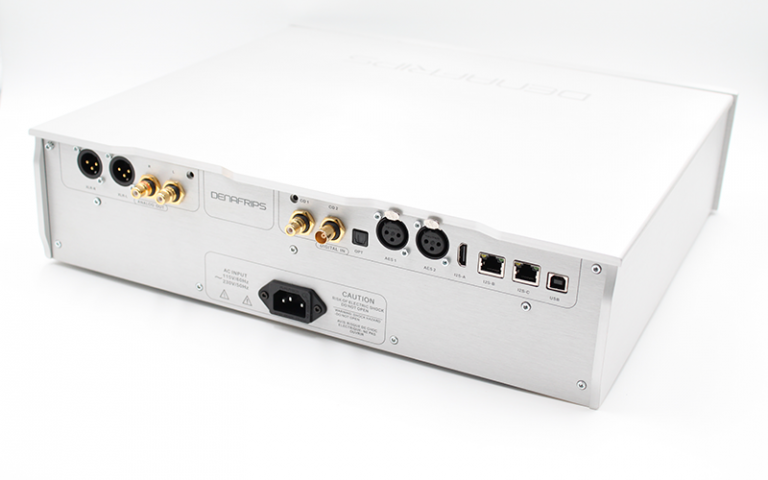You're welcome, Dan. I suspect some of the perceived enhanced transparency and openness of the Terminator in my original review can be attributed to slight differences in tonal balance. Audio is tricky, and first impressions are not always correct.
Funny, having the new Octave preamp in the chain there is a separation of instruments in complex orchestral music audible with the Yggdrasil Analog 2 that is simply stunning. So the DAC is clearly transparent. Here is what I wrote in my
listening impressions of the Octave preamp, but of course this separation begins at the source (Simaudio Moon 260 DT transport/Yggdrasil Analog 2 DAC) and is only revealed with the preamp in the system:
"Last month Ian and I went to see Stravinsky’s Rite of Spring (Sacre du Printemps) with the Boston Symphony. Gustavo Dudamel was supposed to conduct, but had to cancel due to an arm injury. Instead, the assistant conductor of the BSO, Ken-David Masur, son of famous conductor Kurt Masur, led the performance. It was spectacular. So transparent was the playing under this conductor, allowing to easily discern a multitude of simultaneous musical lines, that the complex score seemed like an open book -- by just listening to the music, not reading it. The playing of the BSO was also incredibly precise; we had heard such sensational precision with the BSO under the same conductor earlier in the season in Prokofiev’s Romeo and Juliet. Ken-David Masur is a rising star, for sure.
On my drive home I was marveling about the performance, but also had feelings of frustration that I would not be able to experience this see-through transparency of the music at home; I knew how it had sounded a few months before.
Yet after having had the Octave HP 700 in the system for some time I decided to spin my CD of the Rite of Spring with Stravinsky conducting his own work (Columbia/Sony). I was shocked and immensely delighted that I had a rather similar experience as at the Boston Symphony: I could listen deeply into the score, with a stunning clarity of a multitude of simultaneous musical lines before me. The great differentiation of orchestral colors undoubtedly has a role in this, too. The playing of the Columbia Symphony Orchestra is not quite as phenomenally precise as that of the Boston Symphony, but still excellent as well." (End quote.)
My friend Ian confirmed my findings after hearing that CD in my system.




